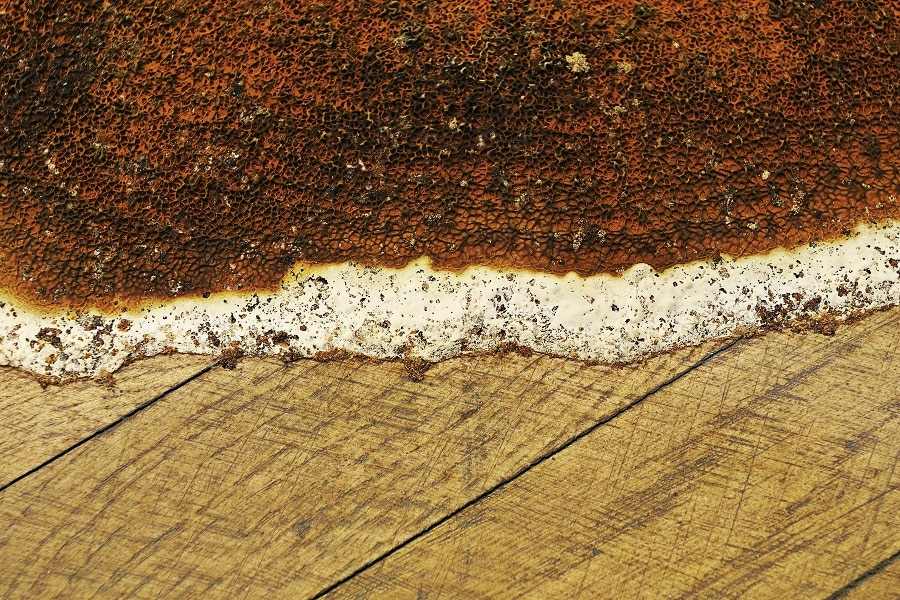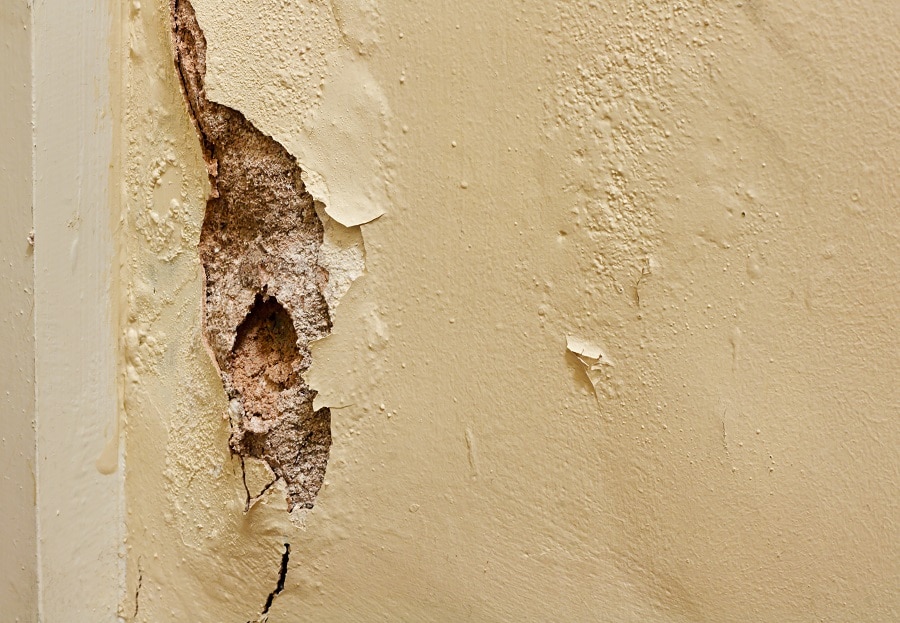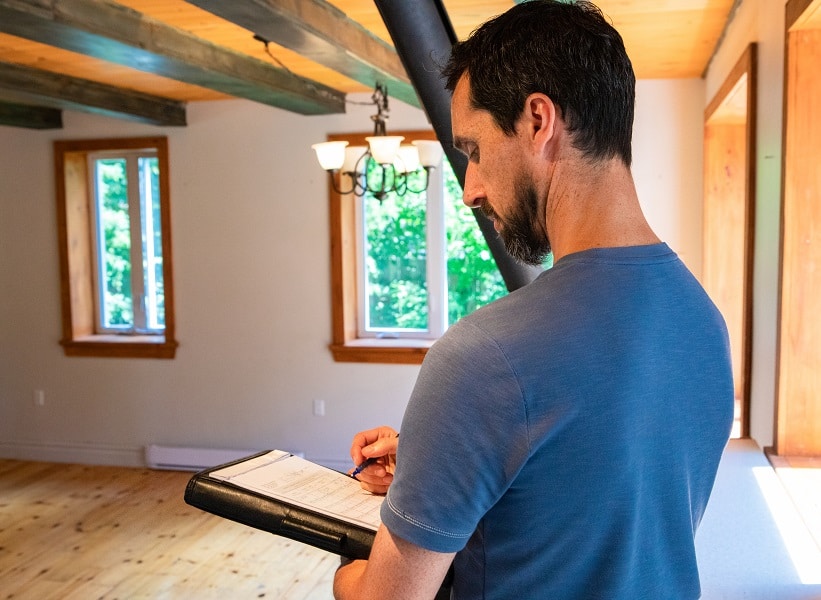What is dry rot?
Dry rot is the general word used for wood-decay fungus. Once the surface of the Wood is broken down by the Sporocarp fungi, it gives way to Mycelium that consumes the wood and dries it out effectively; the end result is a fine dust and dry rot bloom. Dry rot is a type of fungi that starts the rot process before penetrating the surface of timbers. A lot of these spores are present in soil and old wood already infected by dry rot.
This ensures that even treated wood will be re-infected with dry rot if it is wet enough (i.e., below 15 percent relative humidity). While Dry Rot can be harder to spot, it is potentially more damaging than wet rot. It normally occurs where you are not looking. This can be behind the plaster, under your floorboards or even in your loft. This is why it is important to know the signs and symptoms of dry rot and to have it handled fast.
Our Guarantee
- upto 30 year guarantee
- customer focused team
- 20 years combined experience
- portfolio of satified customers
- attention to detail
- Construction line accreditation
- public liability insurance
- CHAS accreditation
What is the difference between dry rot and wet rot?
Dry rot and wet rot are two different kinds of fungus that can destroy wood if left untreated. Unlike dry rot which can spread in minimal amounts of water, wet rot is dependent on significant moisture to spread. Wet rot spreads quicker, which means it can consume more of your property much faster than dry rot. This is so because Dry Rot fungus thrives even in eco-friendly woods like bamboo and uses the capillaries within the timber to grow. Dry rot is extremely destructive and spreads quickly through a house, even retaining its ruinous effects if the room has been previously treated for damp or wet rot. On the other hand, wet fungus occurs when timber becomes wet for long periods of time.
Call Our Sussex Damp Experts team now for quote, consultation and advice:
Call on 01273 257 765.
What are the causes of dry rot?
A number of fungi cause dry rot. The most popular one in Brighton is Serpula Lacrymans. it can spread from your home’s walls to the floors, and even the plaster is not fixed soon enough. It can have a major negative impact on the structural integrity of timber, and also the integrity of your home. Dry rot attacks when moisture levels are too high in your timber. This makes it possible for nutrients to be extracted from the moisture by the fungus. “Dry rot” is used to distinguish “wet wood” from “dry wood rot.”
Wet wood feeds on dry rot. In order to develop spore-bearing structures, the fungal spores need over 30% dampness to generate hyphae after this, however these hyphae merely need 20% dampness to last. These threads can turn into fungal bodies called mycelia, which can also extend to find more wood in stone and brick. H2O, Hemicellulose and cellulose can be stripped from the timber by this fungus, leaving behind a fragile structure of the original wood. You will need a specialist survey to distinguish whether your decaying timber is being caused by dry rot or by a different fungus. This is very important as the treatments for these damages will differ depending on the exact cause.

The dangers of dry rot in Brighton
Dry Rot Effect on your Property
Dry rot can cause irreparable damage to wood and other materials in your home. Dry Rot is a fungus that attacks timber by breaking it down, causing timber to crumble. In serious cases, this can trigger various parts of your house to break apart. It won’t attack the mortar between your bricks or stones, but it can travel through it. Regular checks are extremely important.
Dry Rot can cause extensive damage, and it is vital that you get to it as soon as possible. It is important to call a Dry Rot Expert immediately before your home sustains serious damage. If you think that you might have an issue with dry rot or dampness in your home, check out Sussex Damp Experts today.
Dry Rot Effect on Your personal health
Actually it is not the fungus that causes the damage. Dry rot is a fungus that can be harmful to your health if you allow it to occur. This is extremely unhealthy for the infants, elderly people and those with respiratory problems like asthma.
What are the Warning Signs of Dry Rot?
The earlier you discover dry rot, the less time and money you’ll need to spend treating it and initiating remedial works. A full assessment by a professional is recommended if you experience any of the following signs and symptoms.
-
The beginning of the dry rot cycle
The spores are carried by wind. If they are carried onto timber, they will begin to feed on it. They create hyphae on and inside of timber, as long as the wood provides sufficient nutrients for their growth. As these hyphae grow and feed, they will join up into a spider web-looking collection called mycelium. Mycelium is white or grey This mycelium can also reach into your properties bricks, mortar and wood to try and reach more of your timber.
-
Your timber is damaged.
It affects every part of the wood, from the bark to the core, causing it to wither and die. Often this can also cause the timber to collapse. You may observe the dry rot changing the color of your timber. In fact, dry rot can result in what is called cuboid cracking. The pressure of water can cause timber boards to break up into shapes around 50 mm in width, a phenomenon called cuboidal cracking. The distinctive symptom of white rot in wood is a creamy colour to the wood due to a white fungal growth called “hyphae”. Hyphae may appear like cobwebs, which is a common sign of dry rot.
-
Your timber will smell.
If your timber is affected by dry rot, it will have a distinct, fungal, dank and musty odour. This can occur even if you can’t see a dry rot outbreak. The smell of mold, however, is not a definite indicator that there are no signs of dry rot.
-
Your timber will have fungus bodies on it.
Dry rot is the most noticeable kind of wood rot and one of the final stages of fungal attack. Mushroom-like fruiting bodies will begin to bind themselves to your wood. If it becomes dry, dry rot can no longer feed on the wood so it will pop out spores instead.
-
Your timber will have spore dust.
Spores of the dry rot fungus don’t just occur in woods already affected by dry rot. It could be a sign of dry rot if you see splots of rusty colored dust embedded decomposed spores. In the final cycle of the dry rot, fertile bodies deliver this spore dust.
Dry Rot Treatment in Brighton

A Dry Rot infestation can only occur when moisture levels are above 20%. The first safeguard to remove the presence of fungi is the monitoring of your living room or property’s moisture levels. Now you will be in control of the moisture levels. Consult a professional for a proper treatment of your dry rot.
Any contaminated timber removal and any repair work is handled by Souther Damp Proofing. Affected timber removal should be handled by a professional. A professional damp proofing expert has the knowledge of the exact treatment. Some treatments are injected into the timber, others coat the surface of the timber. There are plenty of options for defensive treatment. Such substances require accurate concentrations which, if inhaled or ingested inappropriately, may have harmful side effects.
Your timber may require Boron roads injection from a professional. Boron is a hazardous material, hence damp proofing experts wear the protective clothing. With our specialist team at damp proofing, we will be able to find any issues with dry rot and assess the extent of the issue. Dry rots can lead to serious complications if left untreated for a long time. Dry rots are a serious problem and can lead to serious issues if left untreated. Our high-performance products and extensive experience allow us to efficiently address your damp proofing problems.* Please don’t wait until it’s too late. If you spot any signs of dry rot, call us immediately on 01273 257 765 to protect your home.
How can you prevent dry rot damage in Brighton?
The first step of treating dry rot is prevention. A rot infestation is caused by water penetrating the timber and it’s inability to dry out, either due to poor ventilation or air-tight construction. Here are some of the behaviors that would prohibit them from forming: Confirm that your house doesn’t have any leaks. Provide sufficient ventilation.
Ventilate the attic correctly and wrap it. Oxygenate crawlspaces very well. To minimize ground moisture, seal basement and crawlspace floors Check all flickering walls and roofs to ensure that the water is adequately directed. Maintain clear sinks and downspouts. Check for filling/heating leakage if a “wet” device is used. The easiest way to mitigate the chance of dry rot is to decrease moisture levels, because of the moist conditions needed for dry rot fungus to feed and germinate. For example, if you have a pipe that is leaking, plugging the leak can help prevent dry rot.
Speak to a Dry Rot specialist in Brighton
We are a team of highly trained experts who will fix your dampness and help you to avoid future damage. We will provide a free written estimate prior to beginning any work so that you know exactly what to expect. We have been helping happy Brighton homeowners for over years, so we feel our experience can help you too. Call us now to book a free survey and quote 01273 257 765. A qualified Plasterboard dry rot expert will diagnose your home to determine what the extent of the infestation is This helps us to offer unbiased guidance and advice about the sort of care you will require.

We have a complete list of expert surveyors who carry out all types of surveys and assessments, from pre-purchase surveys to full structural repairs. Dry rot gets worse over time by its nature, it is important to contact us immediately if you think you have a problem. Sussex Damp Experts offers fast, professional and affordable support to help with dry rot problems affecting your home,Call us now on 01273 257 765 for help.
FAQ
Should dry rot be restored or replaced?
A certain level of dry rot can be repaired, but whether the damaged areas provide the house with structural stability, such as beams and joints, or even flooring, it is not recommended. Replace the wood in such a situation instead of repairing it. Whether you restore or rebuild the wood, it is better if you avoided the conditions that caused the rot to flourish in the first place or risked it coming back. Your roof leaks, broken gutters, or downspouts, plumbing leaks or insufficient ventilation should be inspected when considering a roof moisture accumulation You may consult a specialist to find and repair the problem.
Will you be able to treat my Dry Rot problem effectively?
With our expertly trained surveyors and specialists, a dry rot problem can be treated, rectified, and your timber can be protected for the future.
How do I discover how far Dry Rot has spread?
If you have traced the dry rot fungus quickly or not, a professional will identify the source of the problem. They will be able to trace the fungus in the different masonry and plaster from which it has spread.
How much can dry rot widen?
Dry rot spores can spread in anyplace with the right environmental settings. The reason is that they are carried in the atmosphere. If your timber has a moisture content of around 20%, and if it is in the open air, these conditions are attractive to dry rot fungus. This suggests that fungus groups can disperse to multiple materials. If dry rot is spreading across masonry and plaster, and if it reaches more timber to feed off where the timber is moist. It can widen further. Dry rot fungus needs five things to survive: the right temperature, drive rot spores, moisture, oxygen, and the food source. In any home in Brighton most of this is present.
Will dry rot stretch?
What should I do to control dry rot?
First identify the reason for your timber moist before solving it. A different treatment shall be given if the reason for your timber moisture is outside.
What are the effects of living dry rot unchecked?
Dry rot is the most insidious form of moisture that can infest property and cause permanent damage to the building if left untreated. Sometimes, once the harm is already done due to the places in which the problem is likely to be the presence of dry rot does not come to light.
Is dry rot stringent?
Dry rot can be particularly common in wooden properties, so it is essential that early signs of dry rot are identified before the damage becomes too severe.
How am I meant to know if I have dry rot?
A timber survey will assess how your timber is affected by being exposed to moisture. Later on, fruiting bodies and mycelium will be noticeable in the drive rot life-cycle.
Where can dry rot grow?
Dry rot attacks and rots timber that’s been in contact with water for a long period of time. Although it can often be mistaken for other problems in its early stages, it is important to seek advice. In every structure, both old and new, dry rot can grow. The reason being that it is caused by moisture and wetness that happen anyplace. Dry rot can be caused by leaks or weather, meaning the type of property does not affect it.




